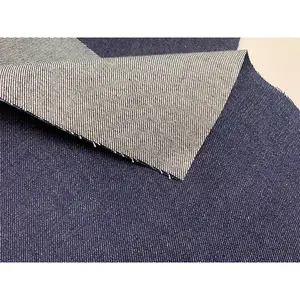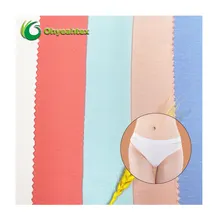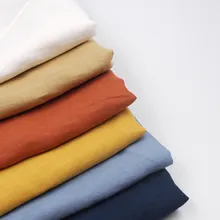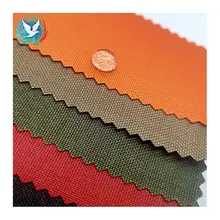Denim has been one of the most sought-after materials in the market because of its durability and versatility. Seamstresses and fashion designers opt for denim compared to other materials in creating jeans because denim fabrics tend to last longer than other fabrics. Because of this, denim pants tend to attract almost all people, especially blue-collared workers.
Where did denim originate?
Denim cloth, also known as Serge de Nimes, is a dyed cotton yarn woven in a warp-faced style. Originating from a town in France, this piece of fabric made its way to the world market because of its versatility. Because denim is made up of woven cotton, it can easily be combined or merged with other fabrics to change its composition to fit the preferences of users. Likewise, denim is easy to maintain and use. It does not wrinkle and does not need to be washed regularly.
What is the difference between jeans and denim?
Though they some similar and connected, jeans and denim are two different fashion staples that are often confused with one another. However, denim is a strong cotton made using a twill weave, while jeans are pants, also called blue jeans, that are casually worn by people and are made from denim fabric.
What are the types of denim fabrics used for jeans?
There are different types of denim fabric for jeans available in the market. Depending on what type of jeans one is looking for, certain types of denim fabric are required. If one is looking for low-maintenance wear that does not need to be washed, Raw denim jeans offer a non-treated fabric that can be worn for a year without needing to be washed. If one is looking for fitted jeans that hug the body, using stretch denim to make the jeans is suitable. If one is looking for more fashionable jeans, acid-washed denim offers a mottled appearance. Lastly, using selvage denim offers fringed-end pants that are highly trendy.






































 浙公网安备 33010002000092号
浙公网安备 33010002000092号 浙B2-20120091-4
浙B2-20120091-4